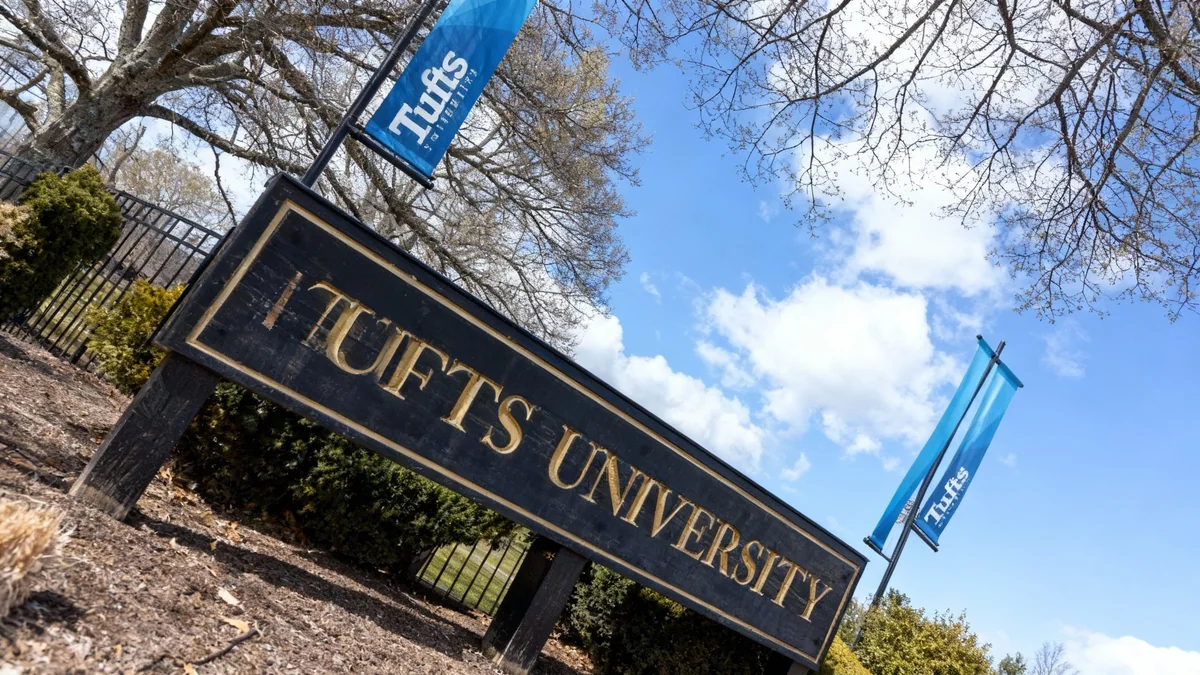Missouri's public and charter schools are showing notable progress, according to the state's latest annual performance report. More than half of the state's schools demonstrated significant improvement in key areas like attendance and literacy, with over 90% now performing at or above state expectations.
This positive development arrives as state officials consider a major shift in how schools receive money, potentially linking funding directly to these performance metrics. The proposal has sparked a debate among policymakers about the future of education financing in the state.
Key Takeaways
- Over 90% of Missouri's public and charter schools are now meeting or exceeding state performance expectations.
- More than half of the schools showed significant improvements in student attendance and literacy over the past year.
- A state task force is exploring a new performance-based funding model for schools, as directed by Governor Mike Kehoe.
- Some lawmakers express concern that this new model could negatively impact public schools, especially as they compete with private and charter institutions for funds.
State Report Reveals Widespread Improvement
The Missouri Department of Elementary and Secondary Education has released its annual performance data, painting an encouraging picture of academic recovery and progress. The state evaluates schools using a comprehensive rubric that includes standardized test scores, student attendance rates, and measures of career and college readiness.
This year's report indicates a positive trend across the state. The finding that more than 90% of schools are performing at or above expectations is a significant benchmark. It suggests that districts are successfully addressing challenges and improving student outcomes.
By the Numbers
The latest report shows that over half of Missouri's public and charter schools made what the state considers "significant improvement" in attendance and literacy. These two areas are often seen as foundational pillars for overall academic success.
Department of Elementary and Secondary Education Commissioner Karla Eslinger celebrated the results. The widespread gains in performance scores are seen as a testament to the hard work of educators, students, and administrators throughout Missouri.
A New Funding Formula on the Horizon
The release of these improved scores coincides with a pivotal discussion about the state's school funding mechanism. Earlier this year, Governor Mike Kehoe issued an executive order establishing a task force to rewrite the formula used to allocate state funds to public schools.
A key directive within that order is the consideration of performance-based funding. This model would tie a portion of a school's state funding directly to its results on the annual performance reports.
"There is one aspect of the executive order that actually said to consider performance funding. And I know that the work group, there’s actually a work group that is a subgroup of the entire task force that is focusing on just that," Commissioner Eslinger confirmed.
Proponents of such a system argue that it creates accountability and incentivizes schools to improve. By rewarding high-performing schools, the state could encourage the adoption of successful strategies and drive better outcomes for students. The specific metrics for this potential funding model are still under development.
What is Performance-Based Funding?
Performance-based funding is an education finance model where schools receive state money based on specific outcomes rather than just student enrollment. These outcomes can include metrics like graduation rates, standardized test scores, student growth, and attendance. The goal is to reward improvement and success, but critics often worry about its impact on schools in high-poverty areas that face greater challenges.
Concerns Emerge Over Potential Changes
While the improved scores are widely praised, the proposal to link them to funding has raised concerns among some officials. State Representative Kathy Steinhoff, a former educator, voiced apprehension about the direction of the task force.
Steinhoff pointed out that while schools were fully funded this year, the landscape is becoming more competitive. Public schools now find themselves competing for state dollars with an increasing number of charter and private schools, a factor that could complicate a new funding formula.
"I’m very concerned about the task force and what they’re working on as potential changes in the future, especially since the governor’s directive was to flatten out the funding," Steinhoff stated. The term "flattening out" suggests a model that might not account for the varying needs of different student populations, potentially disadvantaging districts with fewer local resources.
The Path Forward
The debate over school funding in Missouri is set to continue as the task force deliberates. The group is mandated to complete its final report and recommendations by December 2026. Until then, educators and policymakers will be closely watching for details on how performance metrics might be integrated into the state's financial support for schools.
The central question remains: can a new formula be designed that both rewards excellence and ensures equitable resources for all students, regardless of their district's circumstances? The answer will shape the future of public education in Missouri for years to come.





